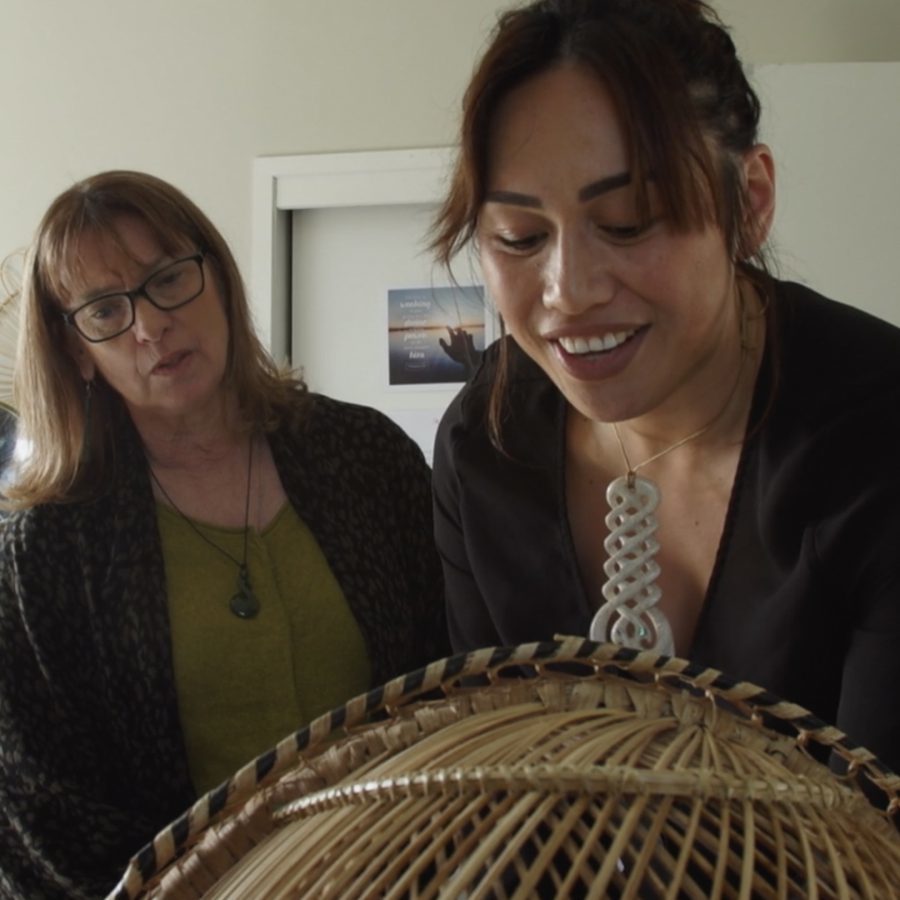“It was like we had little control over our own bodies.”
That’s how one Auckland woman describes her experience of childbirth in the 1970s and 80’s That all changed 30 years ago (22 August 1990), with the passage of the Nurses Amendment Act, providing statutory recognition for midwives as “safe and competent practitioners in their own right”.
Catherine Kaumoana has two tamawāhine (daughters) who have had tamariki of their own, and the kuia says the difference between her experience and that of her tamawāhine, are poles apart.
“The lead up to having our children, the preparation for labour, was something done to us,” she says. “From the shaving, to the talking around us as though we weren’t there, it was a pretty challenging experience. Having been so involved with our daughters’ pregnancies and labour in the last few years, I can see how much more positive and empowering being pregnant and having a baby is now.”
Kerry and Christine are Catherine’s daughters. South Auckland midwife. Ady Priday has been the midwife for both sisters. Kerry, whose son Tyree, is almost 13 months old now, says Ady is part of the whanau and she can’t imagine the maternity experience without a midwife providing the tailored care for mum and baby.
“As Māori, we describe the trust and relationship we have with our midwife, as whakawhanaungatanga, which is an important part of our whakapapa,” says Kerry. “I believe particularly for Māori and Pasifika, the kind of maternity model we have in Aotearoa** is key to achieving the best outcomes possible for both mum and baby.”
New Zealand College of Midwives Chief Executive, Alison Eddy, says the anniversary is the ideal time to highlight some of the many significant positive changes women have seen as a result.
“Our midwifery-led maternity model is held up by many, including the World Health Organisation, as being the very best for women and babies,” she says. “As women and midwives, we have much to be proud of.”
The formation of the Midwifery Employee Representation and Advisory Service (MERAS) a union specifically for employed midwives by the College of Midwives has been one of the significant achievements over the last 30 years. MERAS Co-leader (midwifery), Caroline Conroy says changes to the Act influenced the way employed midwives worked and have enabled more midwifery-led services within DHBs and the primary maternity units to flourish.
“MERAS is very proud of the work our team continues to do, ensuring midwives get the appropriate support and recognition for the expert and outstanding work they do every day,” she says. “Midwives are highly trained health professionals with a very specialised scope of practice and we consistently remind people of this as part of our ongoing work.”
To celebrate the event, the College is in the process of arranging a webinar that will include key, high profile local and international experts in the field of midwifery, women’s health and maternity.
ENDS
**See latest research regarding the effectiveness of the NZ model of maternity care here
